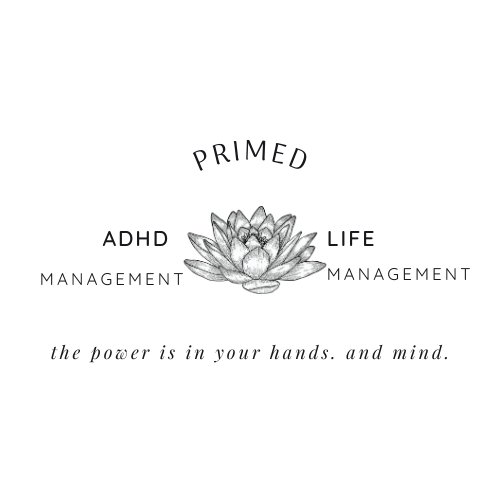
Image by StartupStockPhotos from Pixabay
ADHD is one of the most common childhood disorders, affecting between 5 and 11 percent of American children.
Whereas diagnosis in boys used to be most common, in recent years, the diagnosis in female youth has increased.
In 2006, WebMD reported that boys were three times more likely than girls to develop ADHD. According to a 2015 study in the Journal of Clinical Psychiatry, between 2003 and 2011, parents reported an increase of ADHD diagnoses of 55% for girls, compared to 40% for boys.
Historically, there’s been gender bias. Guidelines used in assessment and diagnosis have traditionally focused on males. This is also true for Autism, which can present differently in boys and girls and often be diagnosed in boys more quickly.
Girls tend to be diagnosed at a later age.
For every girl diagnosed, there are between three and seven boys who receive an ADHD diagnosis. However, research into ADHD in adulthood suggests an almost equal balance between men and women (source: Psych Central).
Symptoms between males and females vary, but so do symptoms between males and males and females and females. There are different types of ADHD. A lot of the research reports say that females with ADHD may be up to twice as likely as males to have the inattentive type of ADHD.
It’s more nuanced than this.
The difference in ADHD symptoms between males and females aren’t about the ADHD itself but the brain. ADHD is a neurological/neurodevelopmental condition so the natural differences between boys and girls contribute to the difference in symptoms. Cognitive and behavioural differences aren’t only present in kids with ADHD. These differences exist neurotypical boys and girls too. Brain chemistry, hormones, lifestyle and other factors differentiate male and female behaviour.
It’s something to watch out for in ADHD. In addition to gender bias, these inherent differences can make it more difficult to diagnose girls.
A study in the Journal of the American Academy of Child & Adolescent Psychiatry reported the following:
Gender differences were not found in impulsivity, academic performance, social functioning, fine motor skills, parental education, or parental depression. However, compared with ADHD boys, ADHD girls displayed greater intellectual impairment, lower levels of hyperactivity, and lower rates of other externalizing behaviors; it was not possible to evaluate the extent to which referral bias affected these findings. Some gender differences were clearly mediated by the effects of referral source; among children with ADHD identified from nonreferred populations, girls with ADHD displayed lower levels of inattention, internalizing behavior, and peer aggression than boys with ADHD.
In my next posts, I’ll address the difference in the symptoms of ADHD in females and ADHD in males.
